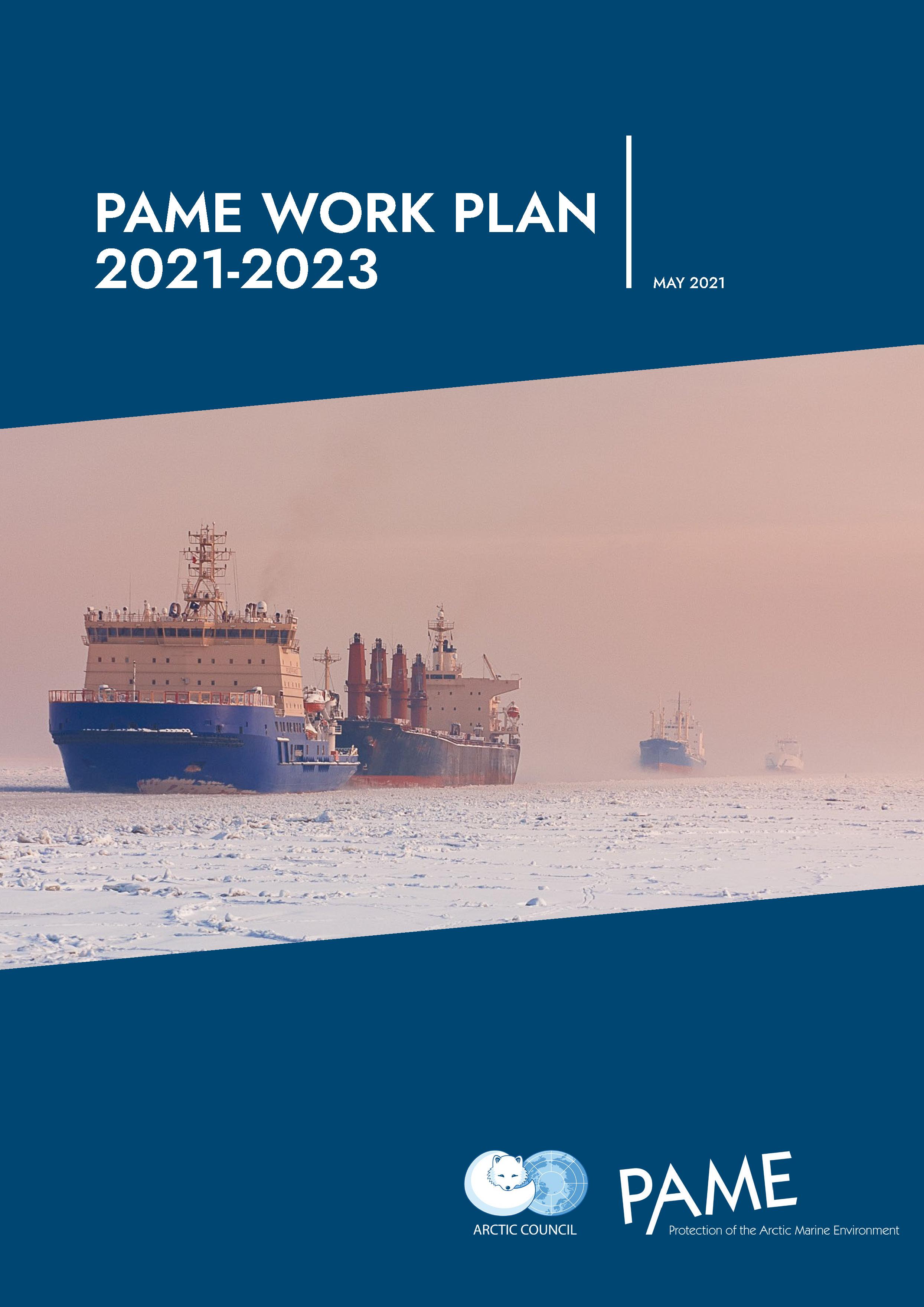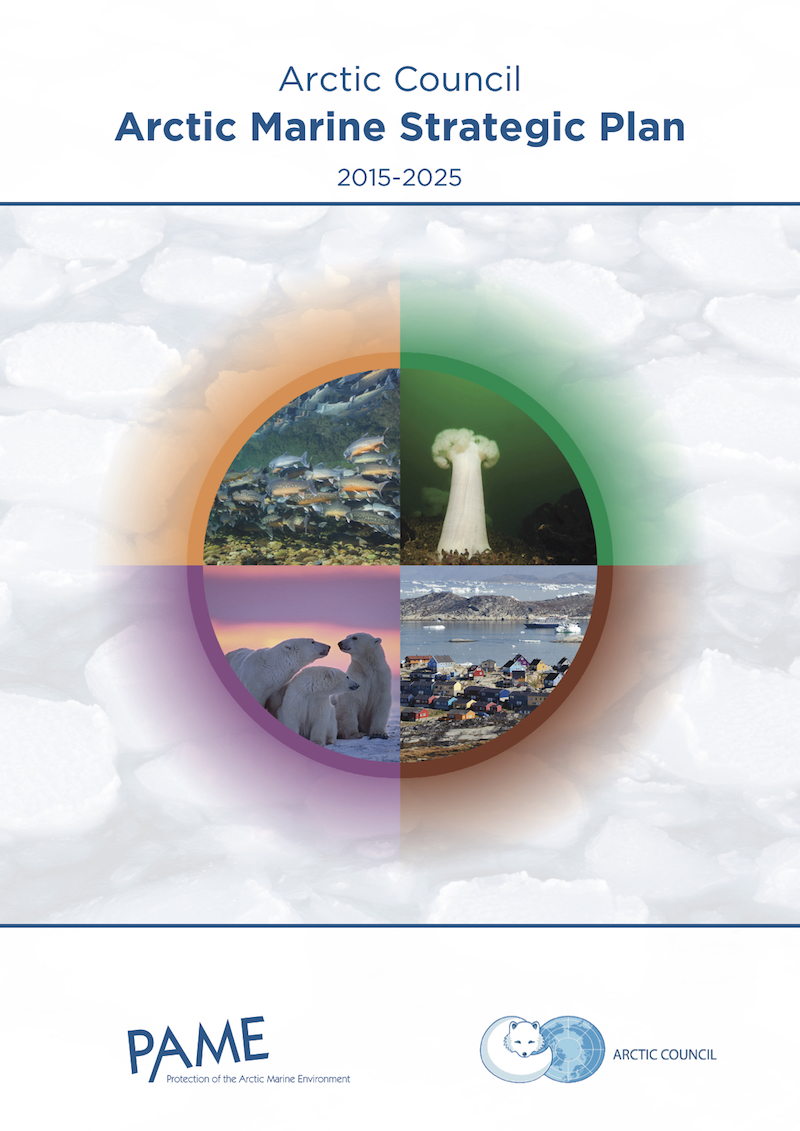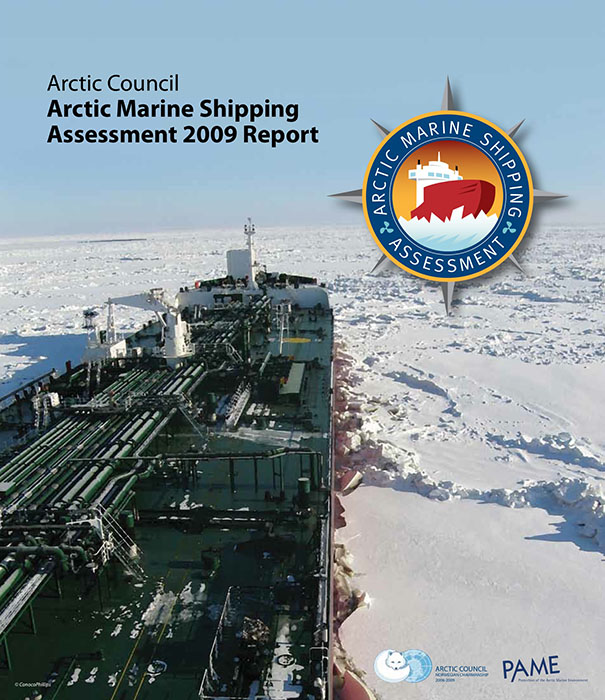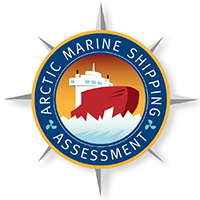 The Arctic is regarded as containing some of the last physically undisturbed marine spaces on earth. Early in the 21st century, the Arctic has also been undergoing extraordinary environmental and developmental changes. Long known as a storehouse of untapped natural resources, high commodity prices and a growing worldwide demand in recent years have the Arctic poised as a significant contributor to the global economy. Increasing regional and coastal marine transport to support the exploration and extraction of oil, gas and hard minerals, coupled with the increasing presence of the global marine tourism industry, have brought a complex set of users to the maritime Arctic.
The Arctic is regarded as containing some of the last physically undisturbed marine spaces on earth. Early in the 21st century, the Arctic has also been undergoing extraordinary environmental and developmental changes. Long known as a storehouse of untapped natural resources, high commodity prices and a growing worldwide demand in recent years have the Arctic poised as a significant contributor to the global economy. Increasing regional and coastal marine transport to support the exploration and extraction of oil, gas and hard minerals, coupled with the increasing presence of the global marine tourism industry, have brought a complex set of users to the maritime Arctic.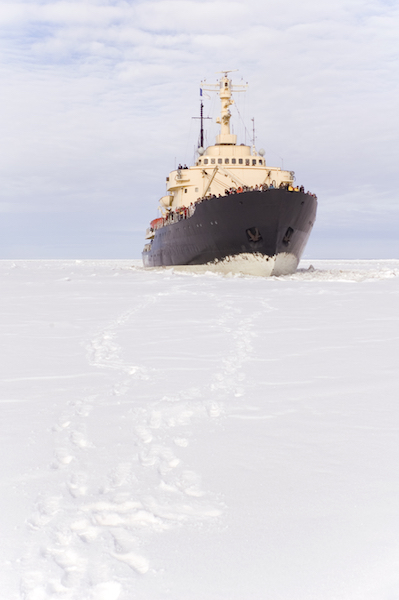 The potential impacts of these new marine uses - social, environmental, cultural and economic - are unknown, but will be significant for Arctic indigenous people and the marine environment already undergoing significant changes due to climate change. Simultaneous with the globalization of the Arctic, marine access in the Arctic Ocean has been changing in unprecedented ways driven by global climate change. Arctic sea ice is undergoing an historic transformation - thinning, extent reduction in all seasons and substantial reductions in the area of multi-year ice in the central Arctic Ocean - which has significant implications for longer seasons of navigation and new access to previously difficult to reach coastal regions.
The potential impacts of these new marine uses - social, environmental, cultural and economic - are unknown, but will be significant for Arctic indigenous people and the marine environment already undergoing significant changes due to climate change. Simultaneous with the globalization of the Arctic, marine access in the Arctic Ocean has been changing in unprecedented ways driven by global climate change. Arctic sea ice is undergoing an historic transformation - thinning, extent reduction in all seasons and substantial reductions in the area of multi-year ice in the central Arctic Ocean - which has significant implications for longer seasons of navigation and new access to previously difficult to reach coastal regions.Actions Leading to a Shipping Assessment The Arctic Council anticipated the need to evaluate current and future increasing use of the Arctic Ocean. In 2002 at the Council’s third Ministerial meeting in Inari, Finland, the ministers recognized “that existing and emerging activities in the Arctic warrant a more coordinated and integrated strategic approach to address the challenges of the Arctic coastal marine environment.” The ministers agreed to “develop a strategic plan for the protection of the Arctic marine environment under leadership by the Protection of the Arctic Marine Environment (PAME) working group.”
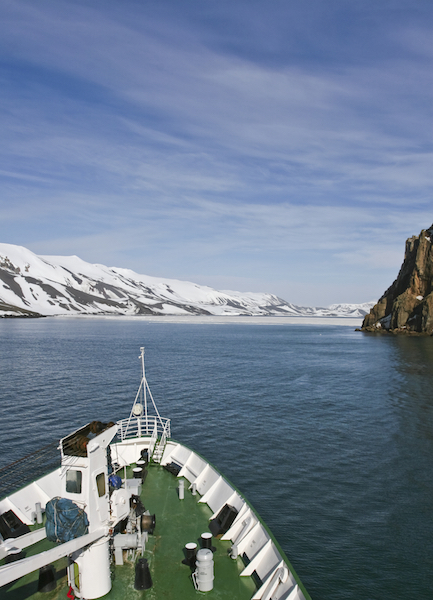 The Arctic Marine Strategic Plan (AMSP) was developed by PAME and approved by the Arctic Council in 2004. Four strategic goals were outlined in the AMSP: reduce and prevent pollution in the Arctic marine environment; conserve Arctic marine diversity and ecosystem functions; promote the health and prosperity of all Arctic inhabitants; and advance sustainable Arctic marine resource use. The AMSP addressed the need for future application of an ecosystem approach to management of the Arctic marine environment and also called for a comprehensive assessment of Arctic marine shipping.
The Arctic Marine Strategic Plan (AMSP) was developed by PAME and approved by the Arctic Council in 2004. Four strategic goals were outlined in the AMSP: reduce and prevent pollution in the Arctic marine environment; conserve Arctic marine diversity and ecosystem functions; promote the health and prosperity of all Arctic inhabitants; and advance sustainable Arctic marine resource use. The AMSP addressed the need for future application of an ecosystem approach to management of the Arctic marine environment and also called for a comprehensive assessment of Arctic marine shipping.In November 2004, the Arctic Council released a major study, the Arctic Climate Impact Assessment (ACIA), which received global attention. The ACIA found that the Arctic: is extremely vulnerable to observed and projected climate change; is today experiencing some of the most rapid and severe climate change on Earth; and will experience accelerated climate change during the 21st century. Widespread physical, ecological, social and economic changes, many of which have already begun, were projected. Of particular relevance to marine use and Arctic transport, one of ACIA’s 10 Key Findings (#6) stated: “Reduced sea ice is very likely to increase marine transport and access to resources.”
Consistent with the work of the AMSP and the ACIA, the Arctic Council Ministers in November 2004 in Reykjavik asked PAME to “conduct a comprehensive Arctic marine shipping assessment as outlined in the Arctic Marine Strategic Plan (AMSP) under the guidance of Canada, Finland and the United States as lead countries and in collaboration with the Emergency Prevention, Preparedness and Response (EPPR) working group of the Arctic Council and Permanent Participants as relevant.”
The result was the Arctic Marine Shipping Assessment, AMSA.




